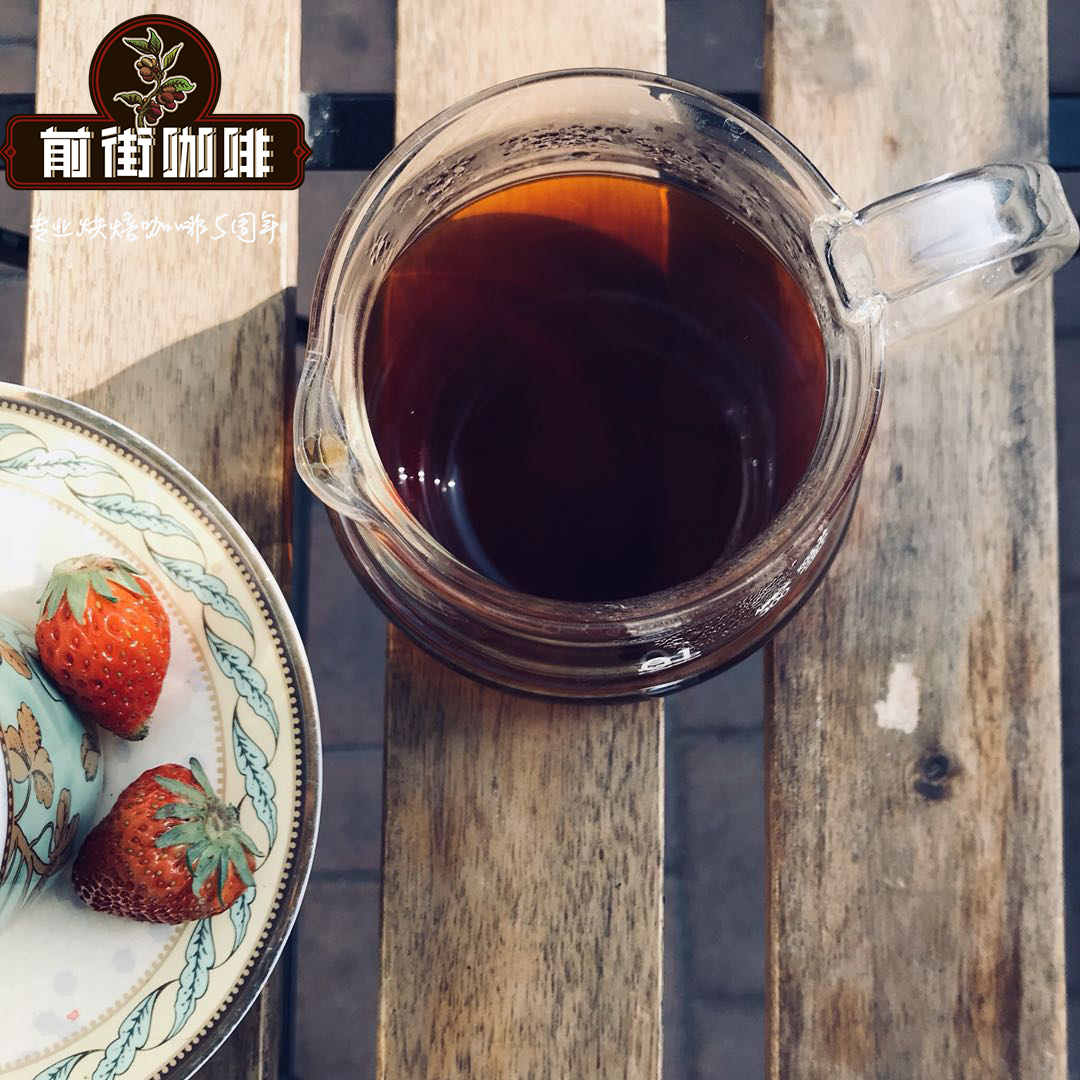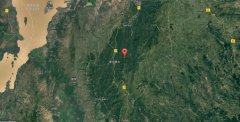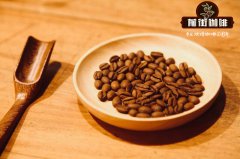Neiba production area, Baoluko, Dominica | Barajona Novi family iron pickup, Kaddura

Professional coffee knowledge exchange more coffee bean information please follow the coffee workshop (Wechat official account cafe_style)
Production area of Neba, Baoluko, Dominica | recommended by Barahona Novi family iron truck and Kaddura?
After the Novis family emigrated to Neiba, they continued to plant Tibica for three consecutive generations. Coffee from the Neba region is the oldest in the Baraona and Enrikiyo regions of the Baoluco Mountains. Coffee was brought in from Martinique between 1726 and 1735. Coffee was brought in first from the French territory of Santo Domingo (present-day Haiti) and then through the Spanish territory of Santo Domingo (present-day Dominica). Up to now, when it comes to Dominica, it is always reminiscent of the famous coffee in Baraona and even regarded as a brand, but it is so vulnerable to typhoons every year that production continues to decline. On the other hand, it is not vulnerable to typhoons; instead, the inland Cibao region has a stable production capacity and is beginning to attract more and more attention.
[topography and climate]
Located in the east of the island of Hispaniola, the Dominican Republic is second only to Cuba in the Caribbean and is connected to the border of Haiti in the west of the same island. Dominica has three mountains and four plains, and the weather is very comfortable all the year round because of the maritime savanna climate, but the Central Mountains have fallen below zero in winter.
[production status]
Dominica is also in high demand, with exports of raw beans accounting for only 18% of the annual output of 500000 bags, or 90, 000 bags. However, in fact, more than half of the coffee, whether it is boutique coffee or bulk coffee, is mixed and sold at home. From another point of view, it is actually possible to find boutique beans.
[main place of origin]
The main producing areas are located in Baraona, Shibao, Shibao Al Tula, Central Mountains, Neighbor and Barudeshia near an altitude of 600mur1450 meters. Production in the southern central mountains (Baraona, Okoa, Barney) accounts for 60 per cent, while the northern central mountains (Shibao, Shibao-Arutsura, Funkarito) account for 40 per cent. Taking advantage of the unique microclimate and topography of the island, coffee can be harvested all the year round by way of relay. If the production area is subdivided, it can even be divided into about 25 regions. Most producers have a wet grinder that handles everything from pulping to drying, and then takes it to a large dry mill for export or domestic sale. The CODOCAFE (Consejo Dominicano del Caf é, Dominican Coffee Council) is the government agency responsible for managing quality, with members selected from producers, exporters and bakers.
[cultivated variety]
Katula and Tibica accounted for 99%, while a small number of other species were Pacas, Vera Saatchi, bourbon, New World and so on.
[quality rating]
Grading is based on visual size, but the most advanced AAA varies in size from vendor to vendor, and there is no official standard rating.
[circulation]
There are two ways for producers or cooperatives to export through exporters or directly. The largest export destination is Puerto Rico, accounting for nearly 40% of exports, followed by Italy, Japan, the United States and France.
Regional Baoluko Neiba
Producer Vasilii Novis
Specification Baraona class AA
Visual size of more than 16 mesh
Tree variety Tibica
The other 1300 meters
Treatment water washing and daylight drying
Flowering period from June to August
Harvest time from December to June
Qianjie recommended cooking:
Filter cup: Hario V60
Water temperature: 90 degrees
Degree of grinding: small Fuji 3.5
Cooking methods: the ratio of water to powder is 1:15, 15g powder, the first injection of 25g water, 25 s steaming, the second injection to 120g water cut off, waiting for the powder bed water to half and then water injection, slow water injection until 225g water, extraction time about 2:00
Analysis: using three-stage brewing to clarify the flavor of the front, middle and back of the coffee. Because V60 has many ribs and the drainage speed is fast, it can prolong the extraction time when the water is cut off.
Important Notice :
前街咖啡 FrontStreet Coffee has moved to new addredd:
FrontStreet Coffee Address: 315,Donghua East Road,GuangZhou
Tel:020 38364473
- Prev

What's the difference between ORC cherry and aricha? What is the native species?
Professional coffee knowledge exchange more coffee bean information please follow the coffee workshop (Wechat official account cafe_style) Ethiopian coffee mainly has eight major producing areas, namely: Lekempti, Limu, Illubabor, Djimmah, Harar, Teppi/Bebeka, Sidamo, Yirgacheffe. Yejasuefei is a small town in Ethiopia, 1700-2100 meters above sea level
- Next

MANCOTAL producing area of Notega, Nicaragua | UCASUMAN cooperative organic beans F.T | O.C.I.A recognition
Professional coffee knowledge exchange more coffee bean information please refer to the coffee workshop (Wechat official account cafe_style) Nicaragua Notega MANCOTAL production area | UCASUMAN cooperative organic beans F.T | O.C.I.A certified v60 brewing skills? Nicaraguan coffee is not well known in Taiwan these years, except for the traditional high-altitude typical tree species such as Marago
Related
- Detailed explanation of Jadeite planting Land in Panamanian Jadeite Manor introduction to the grading system of Jadeite competitive bidding, Red bid, Green bid and Rose Summer
- Story of Coffee planting in Brenka region of Costa Rica Stonehenge Manor anaerobic heavy honey treatment of flavor mouth
- What's on the barrel of Blue Mountain Coffee beans?
- Can American coffee also pull flowers? How to use hot American style to pull out a good-looking pattern?
- Can you make a cold extract with coffee beans? What is the right proportion for cold-extracted coffee formula?
- Indonesian PWN Gold Mandrine Coffee Origin Features Flavor How to Chong? Mandolin coffee is American.
- A brief introduction to the flavor characteristics of Brazilian yellow bourbon coffee beans
- What is the effect of different water quality on the flavor of cold-extracted coffee? What kind of water is best for brewing coffee?
- Why do you think of Rose Summer whenever you mention Panamanian coffee?
- Introduction to the characteristics of authentic blue mountain coffee bean producing areas? What is the CIB Coffee Authority in Jamaica?

